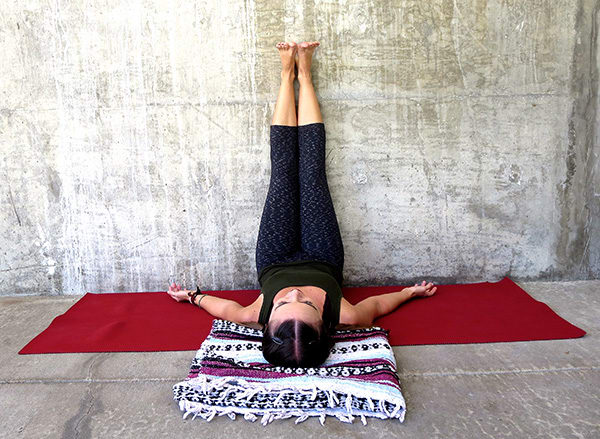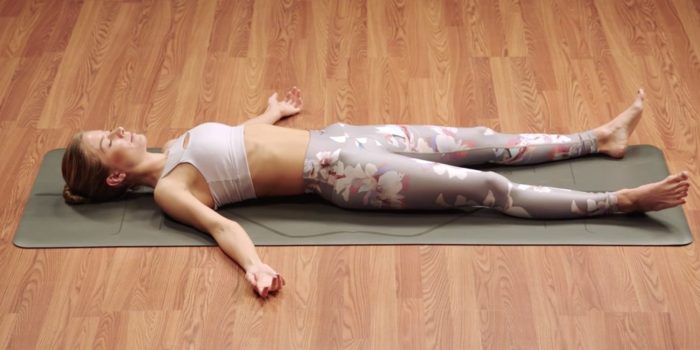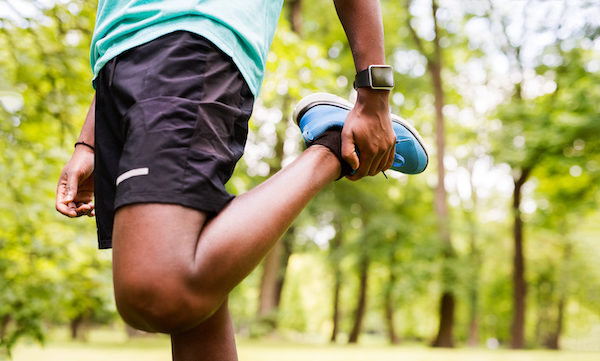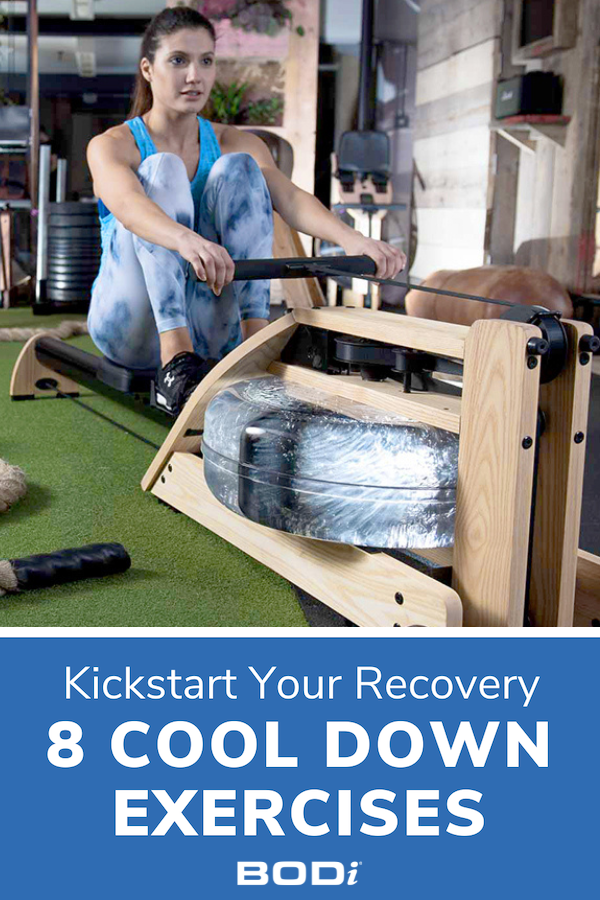Physical Address
304 North Cardinal St.
Dorchester Center, MA 02124
Physical Address
304 North Cardinal St.
Dorchester Center, MA 02124

Of all the elements in the training menu, the most often ignored is probably cooling. And it is understandable: you have warmed yourself, made some strength workAnd it came out of something cardio. Following all that work with more cooling exercises, no matter how easy or pleasant, may seem excessive.
However, from reducing your heart rate to oxygenate your muscles, there are many reasons why you must dedicate a part of your training to cool. If you don’t know where to start, try these eight exercises.

This is the simplest cooling of all. After your training, perform three to five minutes of Low intensity cardio as walking, rowingeither cycling.
If possible, try to avoid the high impact exercise such as running or jogging as a cooling: the impact exerts a tension in its joints that tends to accelerate it instead of cooling it.
https://www.youtube.com/watch?v=qwq2a4nu9cg

Static stretching It is when a muscle gradually stretches and keeps it for a prolonged period of time. They are useful to improve flexibility and cooling after training.
Maintain anyone, or all, of the positions in the Yoga Plex sequence (thrust, Dog down, Front curve) for 30 to 60 seconds. These movements can be some of the most effective cooling exercises if you breathe completely while trying to deepen the section in each exhalation.
But if you feel tension in any other muscle group, such as Your shouldersSpend time stretching in those parts of your body.



Cooling may not burn many calories or develop a lot of muscle, but that does not mean that it should omit it. This is what effective cooling caught you.
Intense exercise increases The demand for oxygen muscles. While exercising, freshly oxygenated blood, transported by the force of its heartbeat, is rushed to the muscles. For the return trip, it is the repeated pumping of the muscles that drives the deoxygenated blood towards its heart and lungs.
When you skip your cooling exercises after training, turn off the muscular pump. This makes blood accumulate in its limbs, and can even deprive its oxygen brain, leading to stunning and, in extreme cases, loss of consciousness. (If you have ever felt dizzy in the shower after training, it is probably because of that).
Cooling down extends the duration of the muscle pump, pushing the blood into the brain and allowing freshly oxygenated blood to return to the muscles.
Exercise does not make you stronger – recovering after training does. Put a hard resistance or a cardiovascular session and its muscles, tendons and connective tissues incur Minor damage – Microscopic tears – that your body then rushes to repair. Getting fresh blood in damaged muscles after hard training helps start this process faster, so you are ready for your next training.
Have you ever notice how fast the morning crunch dissipates after an easy walk or a couple of Light stretch? The movement carries heat and liquid to muscles and connective tissue, making them longer, softer and more flexible. This is doubly true after intense training.
Therefore, there is no better time to stretch the muscles than after a hard exercise session. The range of movement in its joints is in its peak, so it can probably spread more in difficult stretching, with a minimum risk of injuries.
Chronic work, family and life stress often put us in a state of “struggle or escape” almost continuous: beaten heart, sweaty palms, surface breathing.
Reduce your level of effort, focus on breathing deeply, slow down your heart rate, even close your eyes and clear your mind after challenging training, everything stimulates the opposite, parasympathetic, “rest, repairs and digest” the response of your nervous system, a deeply quiet state that helps us find greater clarity and peace.
